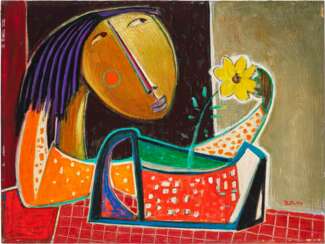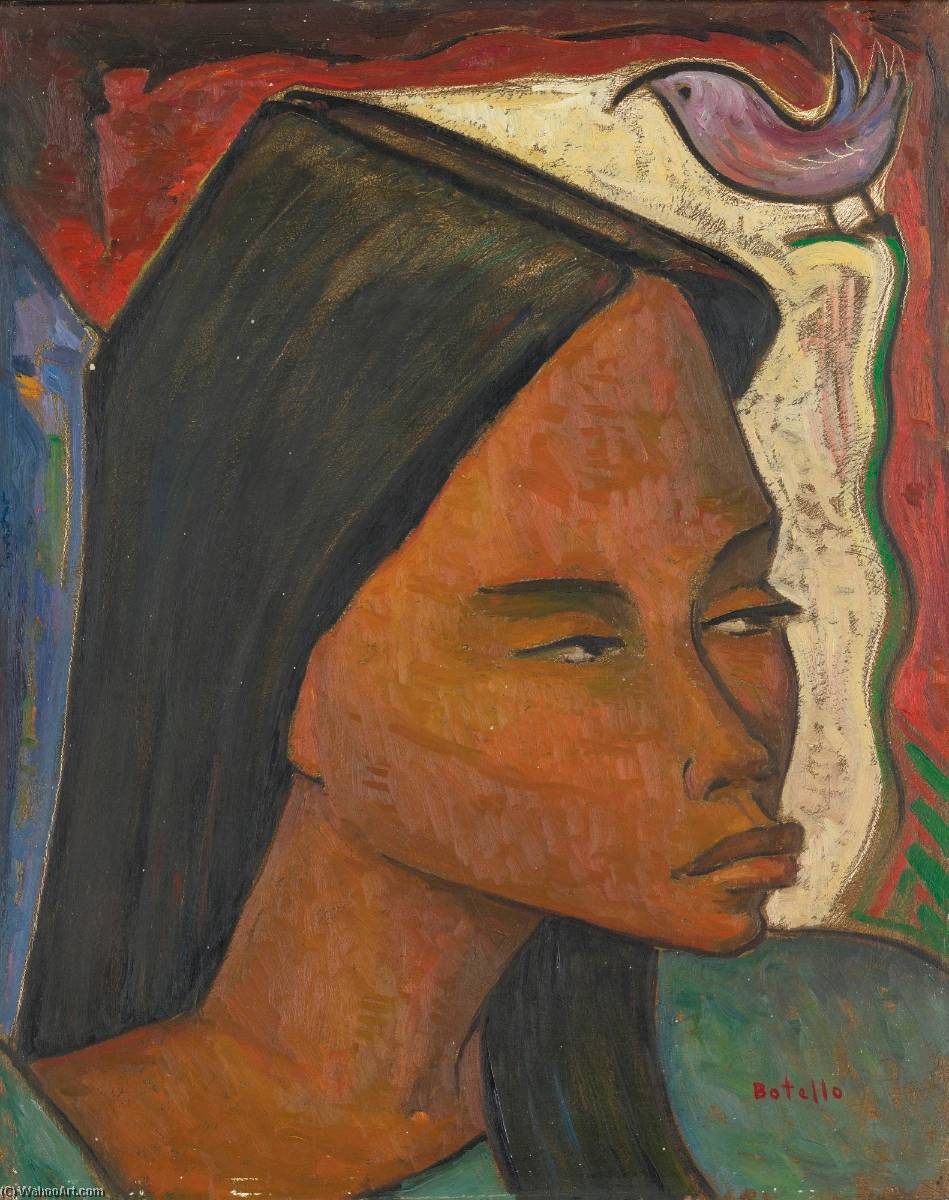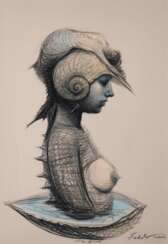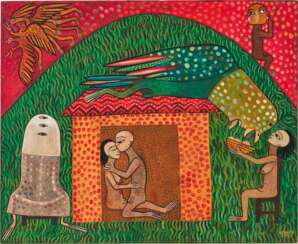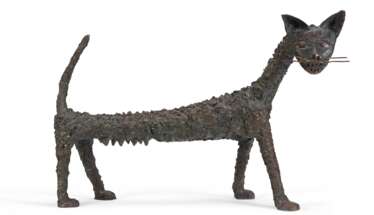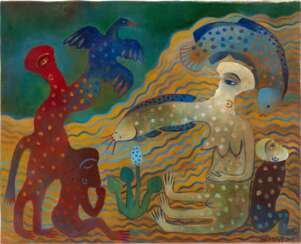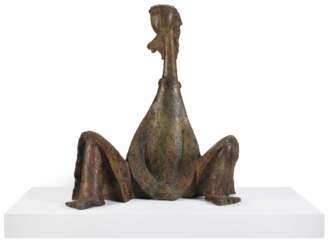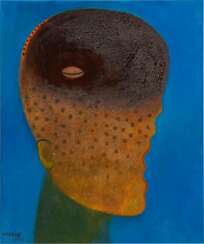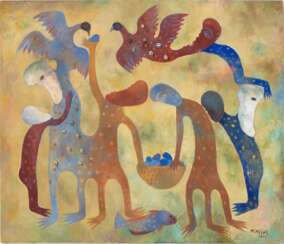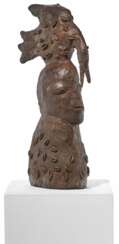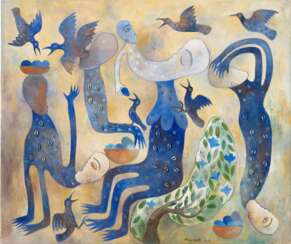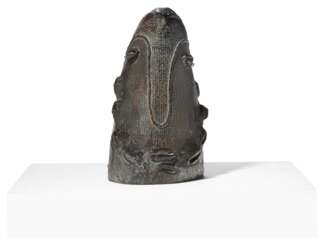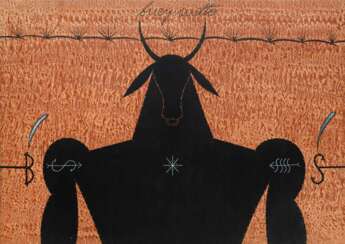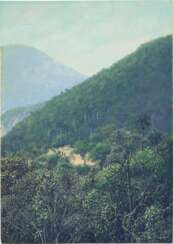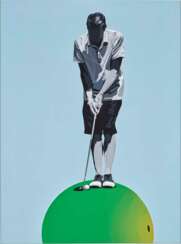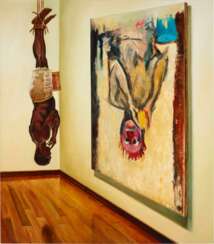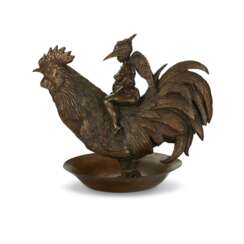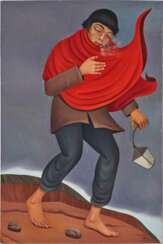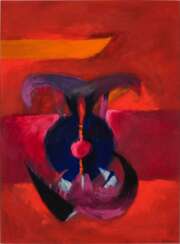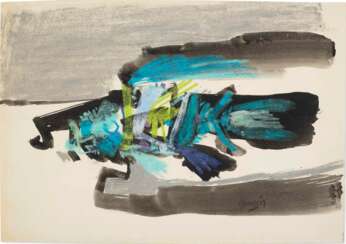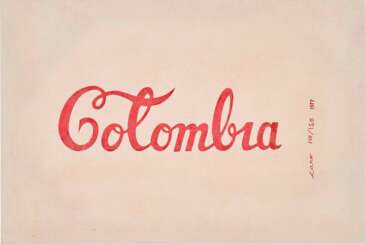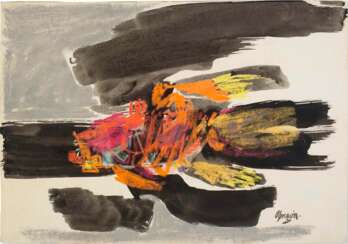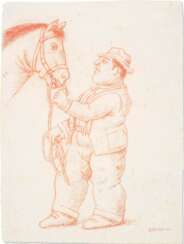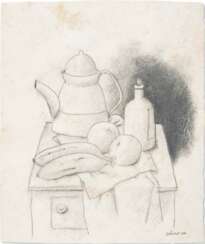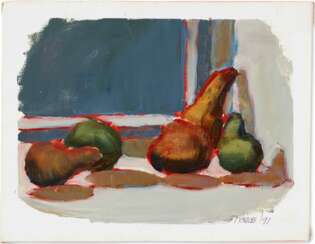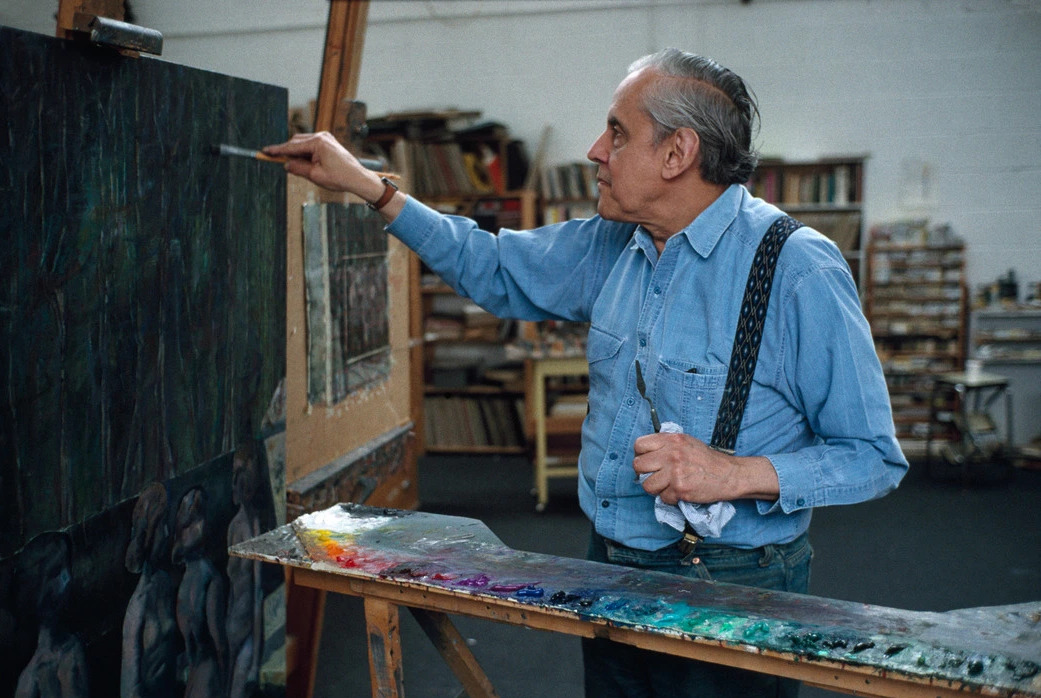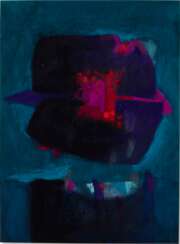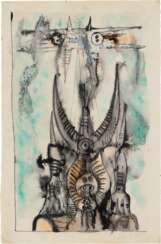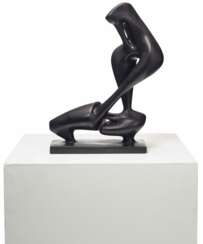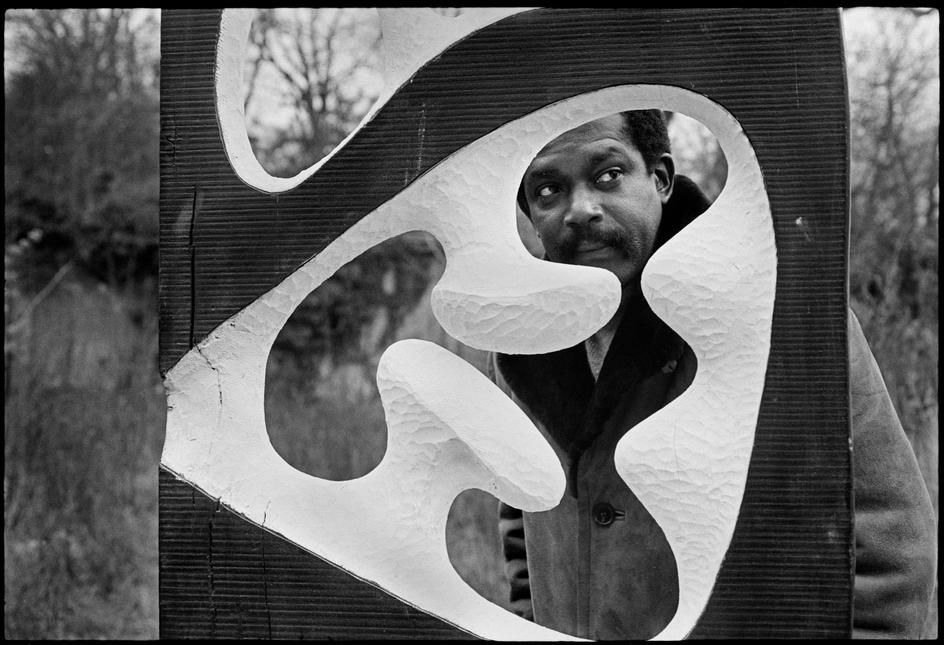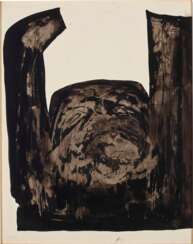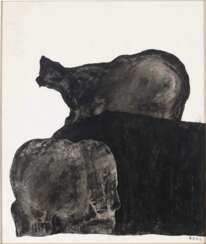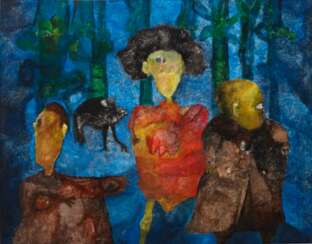
Latin American Art Online
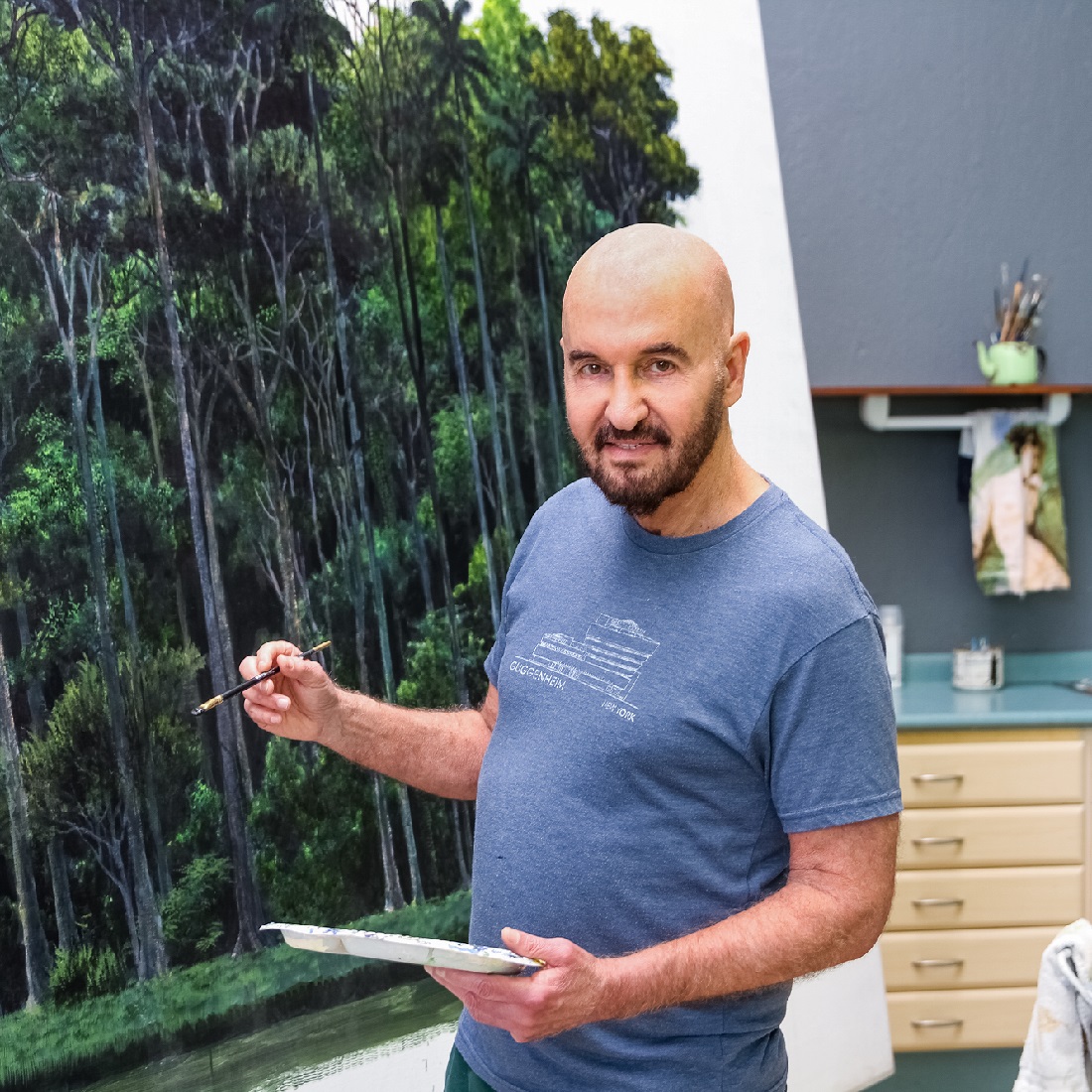
Tomás Sánchez is a Cuban painter and engraver, known for his landscapes. Sánchez is the most expensive living Cuban painter.
In 1980 he won the First Prize at the XIX Edition of the International Prize of Drawing Joan Miró, for his work Desde las aguas blancas, which launched his international career. The following year, he had an exhibition at the Joan Miró Foundation, Centre of Contemporary Art in Barcelona, Spain.
His work has been exhibited in over 30 countries. In May 2019 three of his paintings headed to Christie's Latin American Art sales.
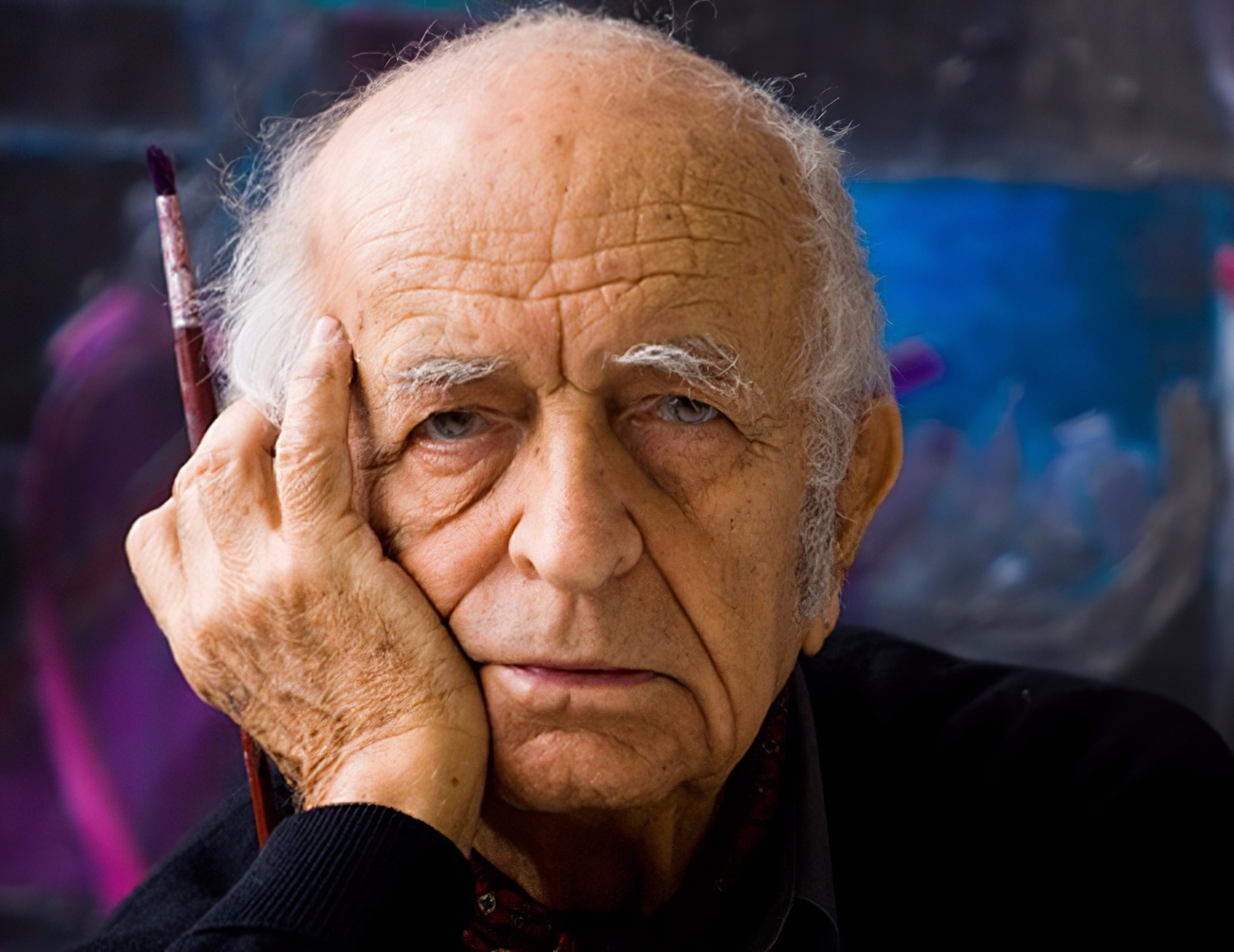
Fernando de Szyszlo Valdelomar was a Peruvian painter, sculptor, printmaker, and teacher who was a key figure in advancing abstract art in Latin America since the mid-1950s, and one of the leading plastic artists in Peru.
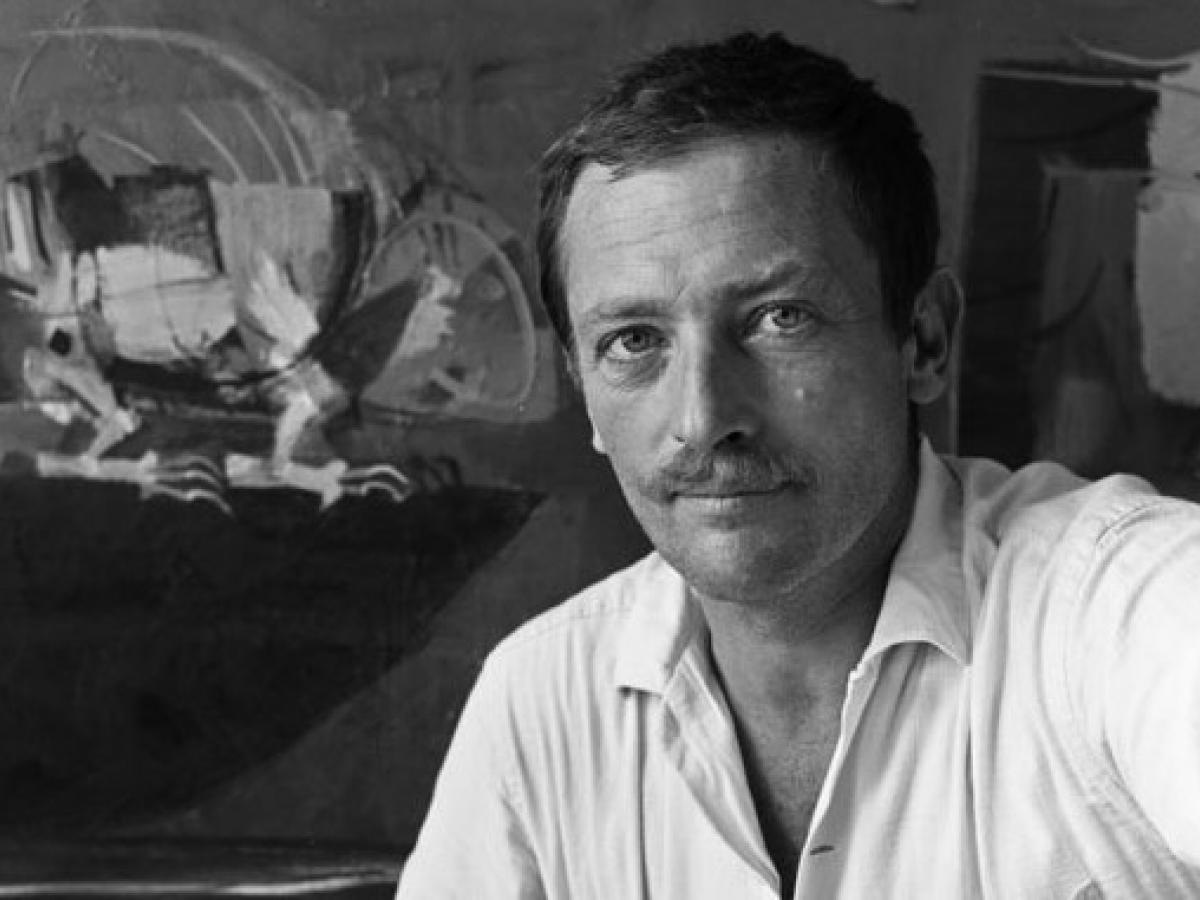
Alejandro Jesús Obregón Rosės was a Colombian painter, muralist, sculptor and engraver.
Obregón is a good example of the abstract Surrealist trend in Latin America.
Color plays a fundamental role in integrating the structures of his design, using geometric forms and expressionism.

Alejandro Jesús Obregón Rosės was a Colombian painter, muralist, sculptor and engraver.
Obregón is a good example of the abstract Surrealist trend in Latin America.
Color plays a fundamental role in integrating the structures of his design, using geometric forms and expressionism.

Fernando de Szyszlo Valdelomar was a Peruvian painter, sculptor, printmaker, and teacher who was a key figure in advancing abstract art in Latin America since the mid-1950s, and one of the leading plastic artists in Peru.
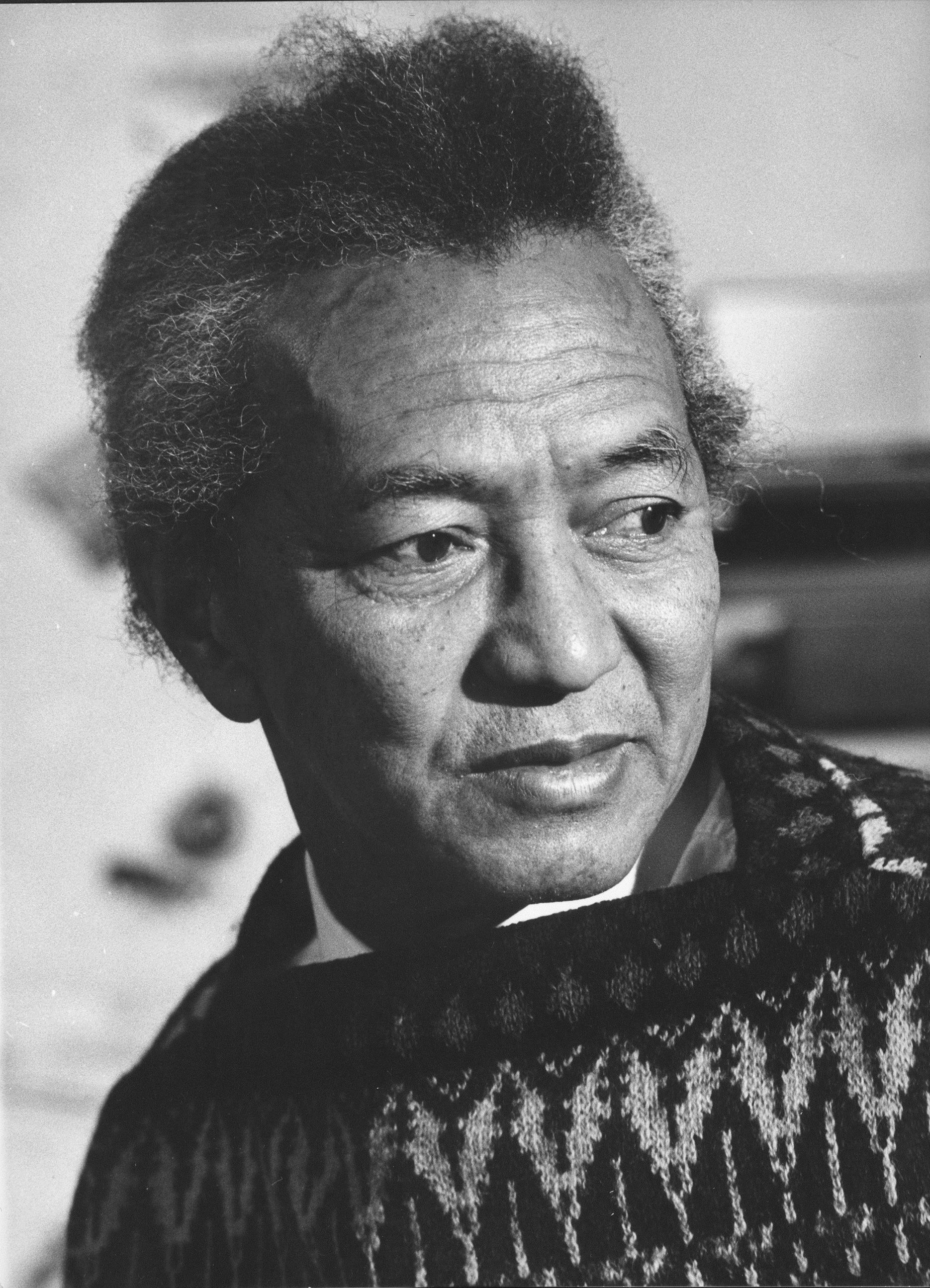
Wifredo Óscar de la Concepción Lam y Castilla, better known as Wifredo Lam, was a Cuban artist who sought to portray and revive the enduring Afro-Cuban spirit and culture. Inspired by and in contact with some of the most renowned artists of the 20th century, including Pablo Picasso, Henri Matisse, Frida Kahlo and Diego Rivera, Lam melded his influences and created a unique style, which was ultimately characterized by the prominence of hybrid figures. This distinctive visual style of his also influences many artists. Though he was predominantly a painter, he also worked with sculpture, ceramics and printmaking in his later life.
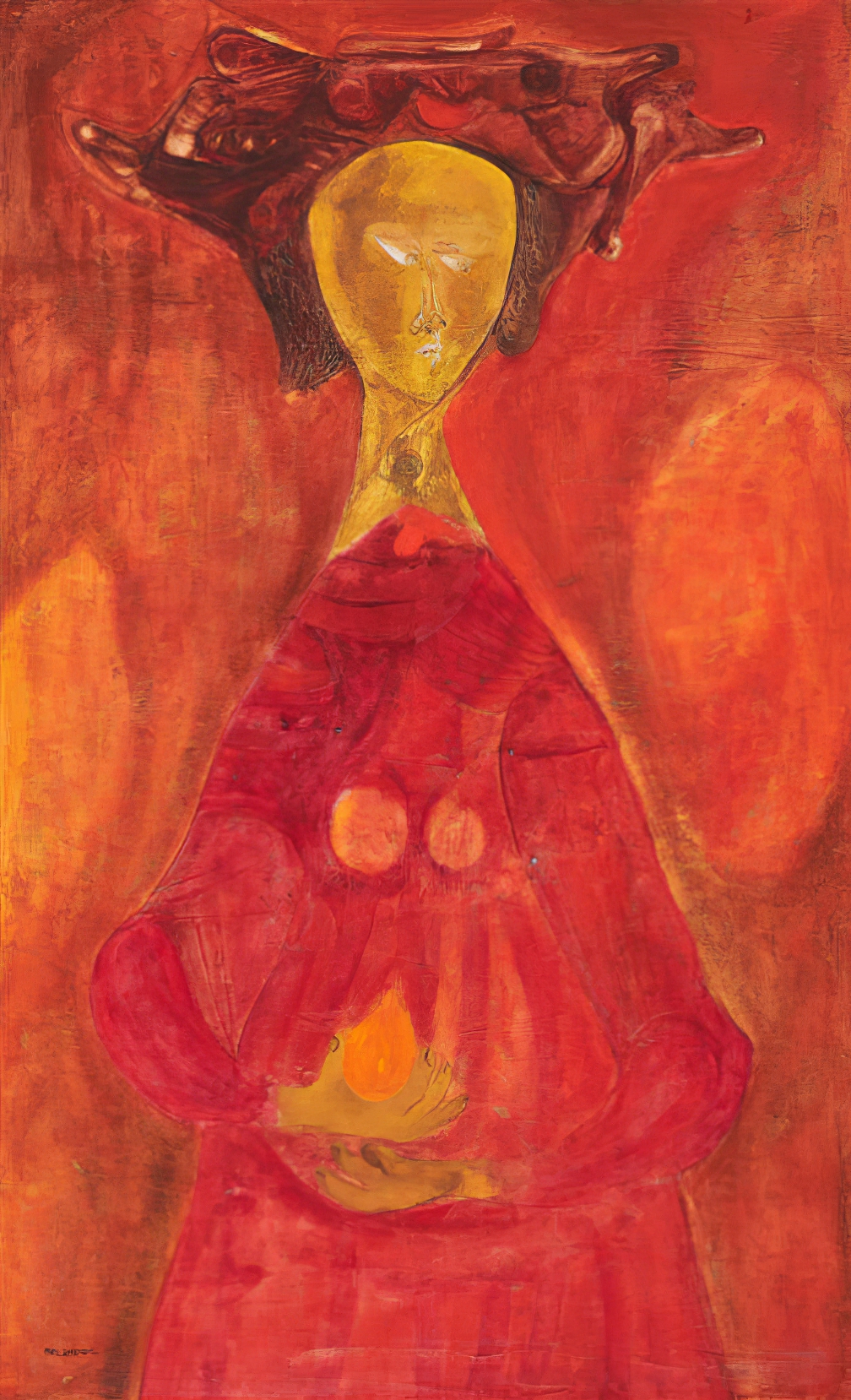
Felipe Orlando, full name Juan de Dios Felipe Orlando García Murciano, was a Spanish-Cuban artist who lived in Spain and devoted himself to writing for a living through painting. He was an anthropologist by training and a musicologist by hobby.
Belonging to the artistic avant-garde movement that emerged in the 1930s, it is difficult to place his painting in the mainstream of young modernists.
Felipe Orlando's painting is characterised by a constant development. It begins with paintings that could be called figurative. They are usually always interior scenes in which women, Afro-Cubans or still lifes take centre stage.
After moving to Spain, his painting develops towards abstraction, especially the informal current, but always presents some figurative reference. Serenity and lyricism prevail in the textures. The titles are suggestive and colour is more important than form.
